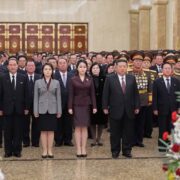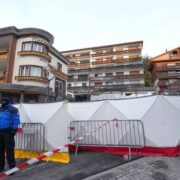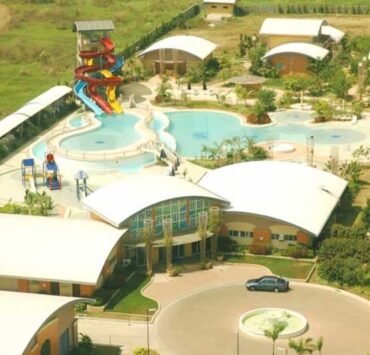Shifting the Filipino mindset toward entrepreneurship
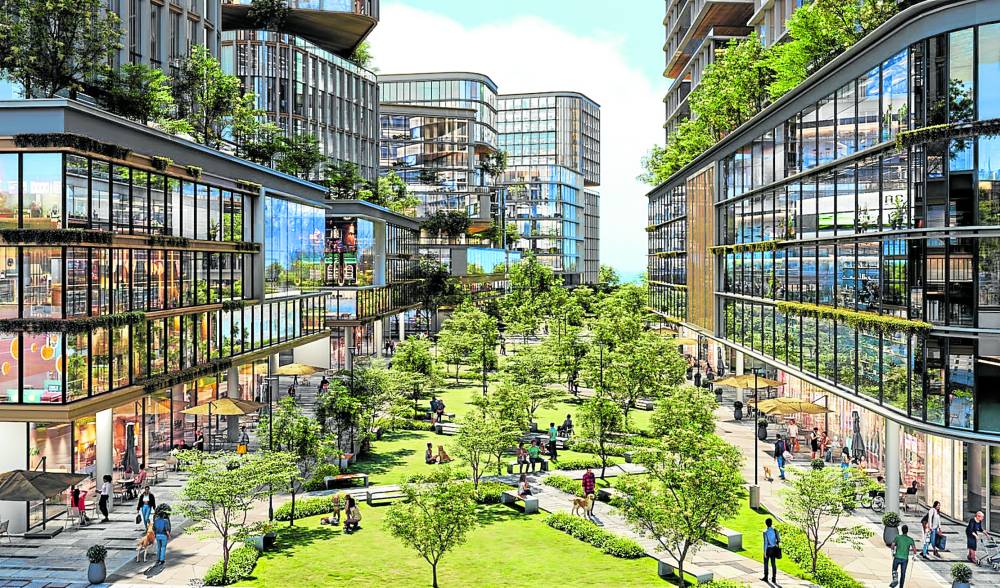
Integrating commercial activities into real estate plans enhances the quality of life within estates, creating hubs where residents can work, socialize, and grow their ventures.
Commercial components, such as retail stores, cafes, or service outlets, provide essential amenities that elevate the overall development value. Estates that include these enterprising elements become more adaptable to changing urban dynamics and more resilient in economic shifts.
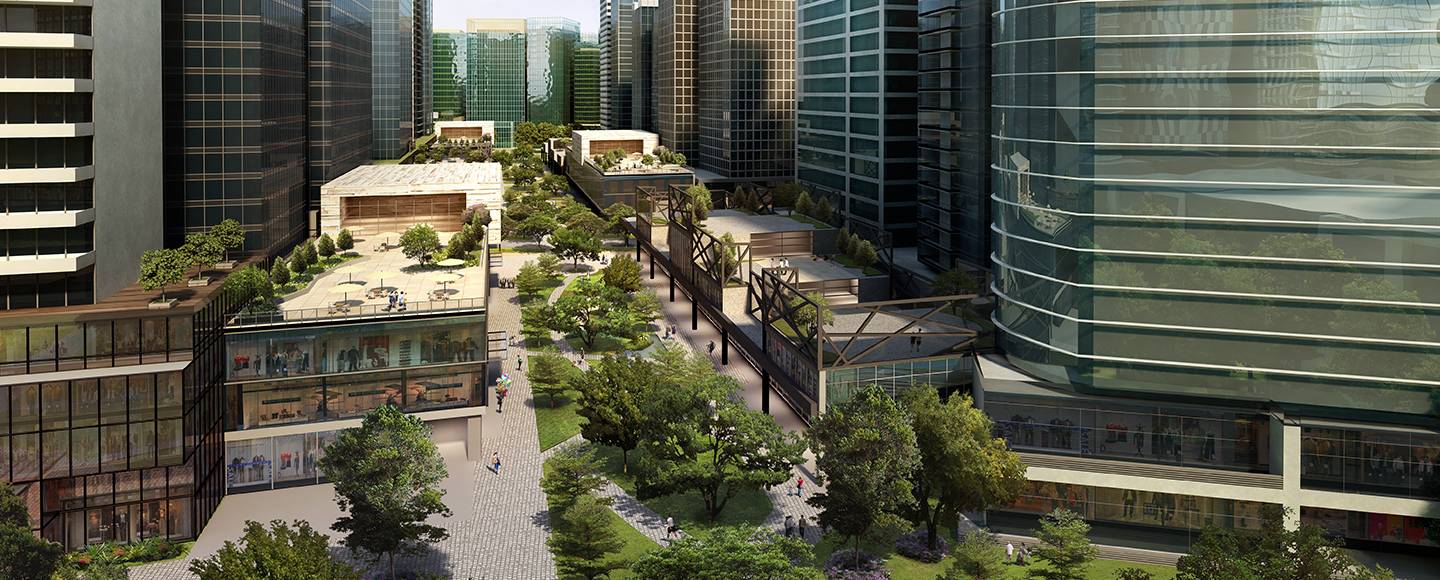
Making micro economies work
By blending residential, commercial, and recreational spaces, developers bring everything closer to home, fostering vibrant micro-economies that fuel long-term growth.
Estates with integrated commercial zones provide the necessary infrastructure for residents to run daily errands, seek entertainment, or even establish businesses.
It should be noted that more Filipinos are already embracing entrepreneurship as a means of self-sufficiency, seeking economic empowerment and independence. The rise of integrated communities across the country thus provides fertile ground for this shift.
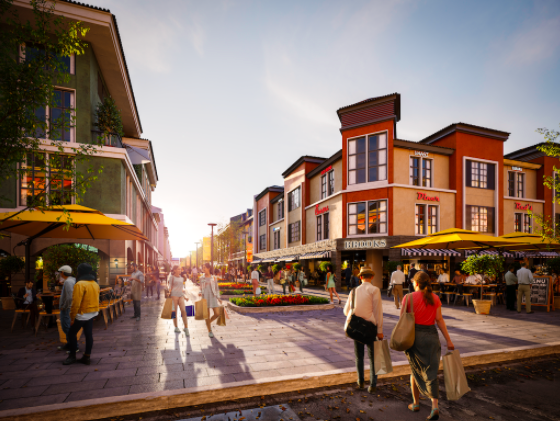
As the demand for self-sustained communities grows, local businesses become indispensable, driving foot traffic and attracting a mix of consumers. Commercial spaces within these developments allow aspiring entrepreneurs to tap into a ready market of residents and visitors.
With the proliferation of online platforms, smaller commercial units also empower Filipino entrepreneurs to balance their physical and online presence, catering to local communities and a wider customer base. This push toward more entrepreneurial initiatives has been fueled by the opportunity to make businesses more accessible and integrated within their residential spaces, providing an opportunity for growth and success.
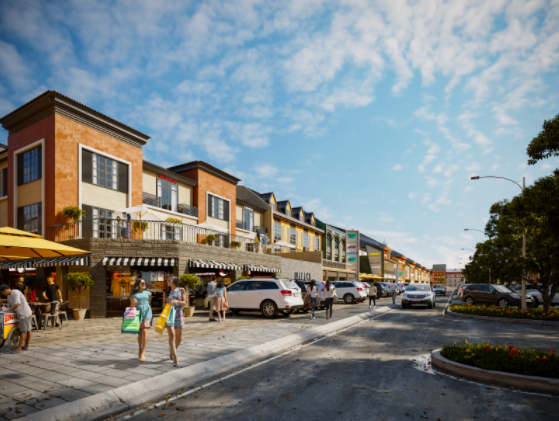
Neighborhood services
Architectural designs for retail, food, fashion, and neighborhood services should emphasize functionality and adaptability.
Flexible spaces that accommodate evolving retail needs, such as pop-up stores or hybrid service-retail outlets, ensure these commercial areas remain relevant.
For food and beverage businesses, integrating brand visibility, efficient ventilation systems, outdoor seating, and a welcoming layout enhances customer experience while catering to the tropical Philippine climate.
Meanwhile, fashion retailers need modular spaces that offer display flexibility, storage solutions, and ample lighting, all while reflecting the brand’s identity.
Communal features like walkable streets, green spaces, and shaded areas enhance the shopping experience. Developers should also prioritize infrastructure that supports small businesses, including access to technology and scalable spaces that allow companies to grow within the community without needing to relocate.
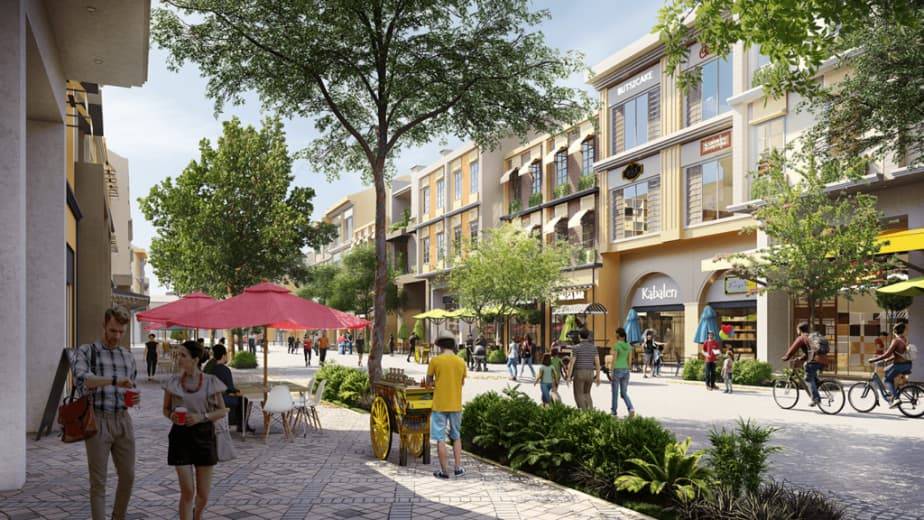
Investment opportunities
Mixed-use developments, with carefully allocated commercial spaces, add long-term value to the property by fostering business and social interactions.
These commercial hubs become the beating heart of communities, attracting entrepreneurs and larger business chains that support the needs of residents and visitors alike.
Whether it’s a retail store, service-oriented space, or dining venue, businesses with a built-in customer base find a strategic advantage in the integrated setting, driving social interactions and economic growth. By building with the entrepreneur in mind, townships become spaces of opportunity for aspiring start-ups and large corporations alike.
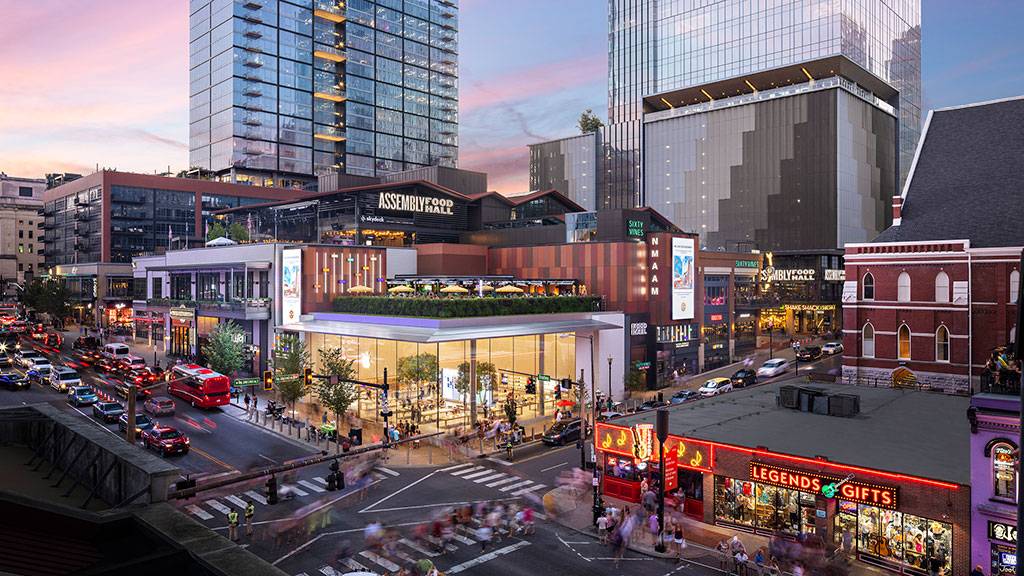
The author (www.ianfulgar.com), is a leading architect with an impressive portfolio of local and international clients. His team elevates hotels and resorts, condominiums, residences, and commercial and mixed-use township development projects. His innovative, cutting-edge design and business solutions have garnered industry recognition, making him the go-to expert for clients seeking to transform their real estate ventures







